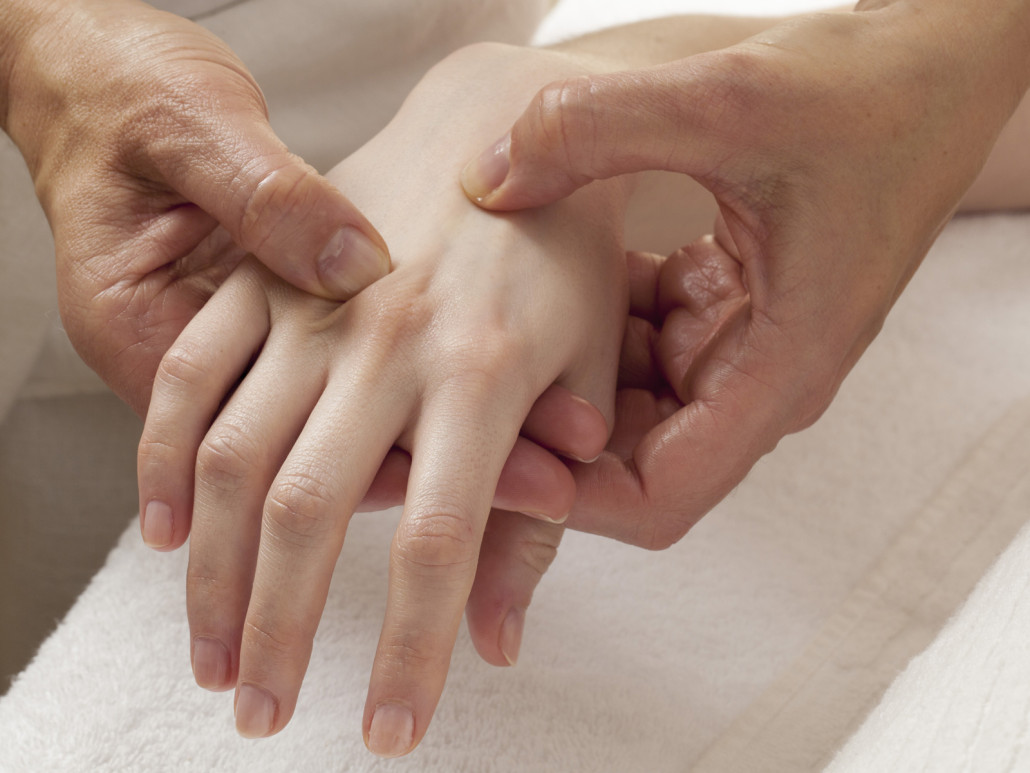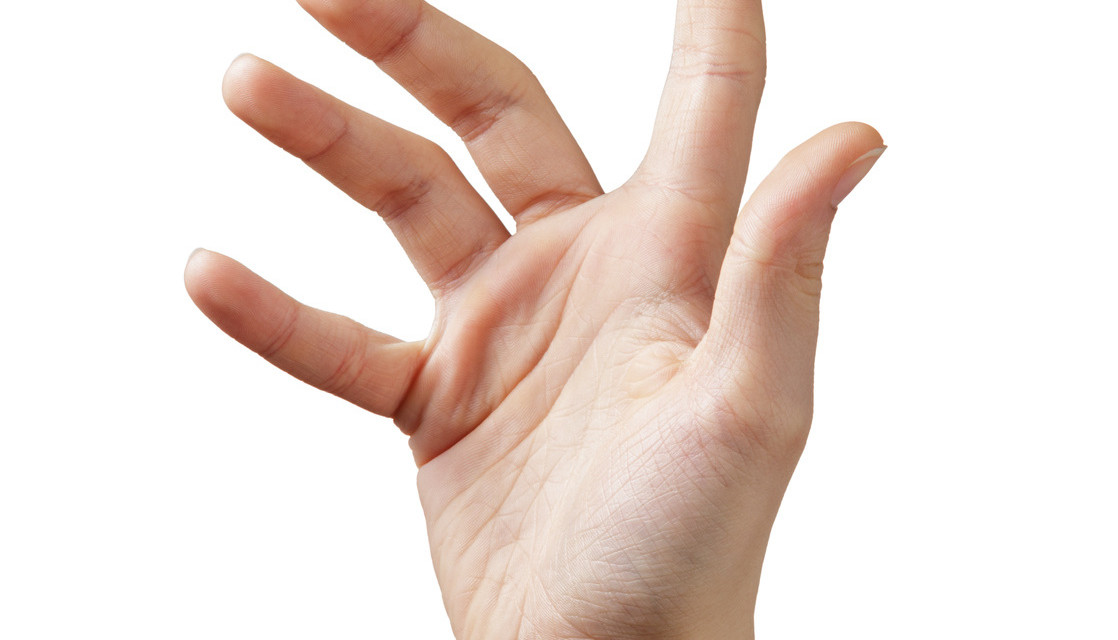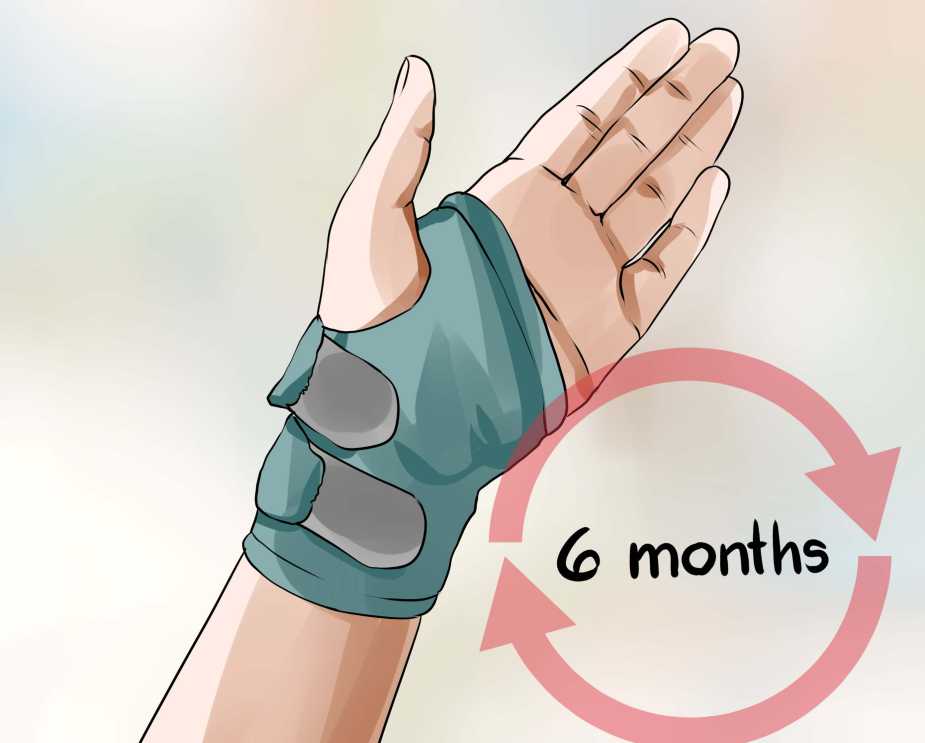Do you require any assistance? Simply reserve your appointment online below
Carpal Tunnel syndrome
Get back to living life fully
Carpal tunnel syndrome is a common condition that causes pain, numbness, and tingling in the hand and arm. The condition occurs when one of the major nerves to the hand — the median nerve — is squeezed or compressed as it travels through the wrist.
In most patients, carpal tunnel syndrome gets worse over time, so early diagnosis and treatment are important. Early on, symptoms can often be relieved with simple measures like wearing a wrist splint or avoiding certain activities.
If pressure on the median nerve continues, however, it can lead to nerve damage and worsening symptoms. To prevent permanent damage, surgery to take pressure off the median nerve may be recommended for some patients.

Symptoms of Carpal Tunnel Syndrome

Symptoms of carpal tunnel syndrome may include:
Numbness, tingling, burning, and pain—primarily in the thumb and index, middle, and ring fingers
Occasional shock-like sensations that radiate to the thumb and index, middle, and ring fingers
Pain or tingling that may travel up the forearm toward the shoulder
Weakness and clumsiness in the hand—this may make it difficult to perform fine movements such as buttoning your clothes
Dropping things—due to weakness, numbness, or a loss of proprioception (awareness of where your hand is in space)
Ways of preventing Carpal Tunnel syndrome
Try a Softer Touch
As you go through your day, keep an eye on how tense your hands are and how much pressure you put on them. If you can back off even a little, your hands and wrists will thank you.
SGive Yourself a Break
Step away from your work to bend or stretch your hands. A 10- to 15-minute break every hour is ideal. This is especially important if you use tools that vibrate or make you apply a lot of force.
Stretch Often
When you take those breaks (or any time throughout the day), try this simple stretch:
Make a fist
Slide your fingers up until they point straight out
Repeat 5-10 timess
Other ways of preventing Carpal Tunnel Syndrome
Stay Neutral If you can, avoid bending your wrist all the way up or down. When you keep your wrist in a straight, neutral position, it takes the pressure off your median nerve. Wearing a wrist brace when you sleep can help you do this. It might also help to wear it during activities that trigger your symptoms.
Switch It Up Try to avoid doing the same hand and wrist motions over and over again. For example, if you have a task that you always do with your right hand, do it with your left instead.
Watch Your Posture While it’s natural to focus on your wrist and hands, how you hold the rest of your body can also make a difference. Poor posture may cause you to roll your shoulders forward. This sets off a chain reaction that shortens your neck and shoulder muscles, crunches the nerves in your neck, and makes wrist problems worse.
Stay Warm It sounds simple, but it makes a difference. When you’re cold, pain and stiffness get worse. Even gloves with no fingers can be helpful because they keep your hands and wrists warm and loose.

Treatment of Carpal Tunnel Syndrome

Although it is a gradual process, for most people carpal tunnel syndrome will worsen over time without some form of treatment.
If diagnosed and treated early, the symptoms of carpal tunnel syndrome can often be relieved without surgery. If your diagnosis is uncertain or if your symptoms are mild, your doctor will recommend nonsurgical treatment first.
Bracing or splinting. Wearing a brace or splint at night will keep you from bending your wrist while you sleep. Keeping your wrist in a straight or neutral position reduces pressure on the nerve in the carpal tunnel.
Nonsteroidal anti-inflammatory drugs (NSAIDs). Medications such as ibuprofen and naproxen can help relieve pain and inflammation.
Activity changes. Symptoms often occur when your hand and wrist are in the same position for too long—particularly when your wrist is flexed or extended. If your job or recreational activities aggravate your symptoms, changing or modifying these activities.
Nerve gliding exercises. Some patients may benefit from exercises that help the median nerve move more freely within the confines of the carpal tunnel. Specific exercises may be recommended by your doctor or therapist.
Steroid injections. Corticosteroid, or cortisone, is a powerful anti-inflammatory agent that can be injected into the carpal tunnel. Although these injections often relieve painful symptoms or help to calm a flare up of symptoms, their effect is sometimes only temporary.

You are in Great Hands
Surgical Treatment of Carpal Tunnel Syndrome
The surgical procedure performed for carpal tunnel syndrome is called a “carpal tunnel release.” There are two different surgical techniques for doing this, but the goal of both is to relieve pressure on your median nerve by cutting the ligament that forms the roof of the tunnel. This increases the size of the tunnel and decreases pressure on the median nerve.
The transverse carpal ligament is cut during carpal tunnel release surgery. When the ligament heals, there is more room for the nerve and tendons.
In most cases, carpal tunnel surgery is done on an outpatient basis. The surgery can be done under general anesthesia, which puts you to sleep, or under local anesthesia, which numbs just your hand and arm.

Open carpal tunnel release. In open surgery, your doctor makes a small incision in the palm of your hand and views the inside of your hand and wrist through this incision. During the procedure, your doctor will divide the transverse carpal ligament . After surgery, the ligament may gradually grow back together—but there will be more space in the carpal tunnel and pressure on the median nerve will be relieved.
Endoscopic carpal tunnel release. In endoscopic surgery, your doctor makes one or two smaller skin incisions—called portals—and uses a miniature camera—an endoscope—to see inside your hand and wrist. A special knife is used to divide the transverse carpal ligament, similar to the open carpal tunnel release procedure.
